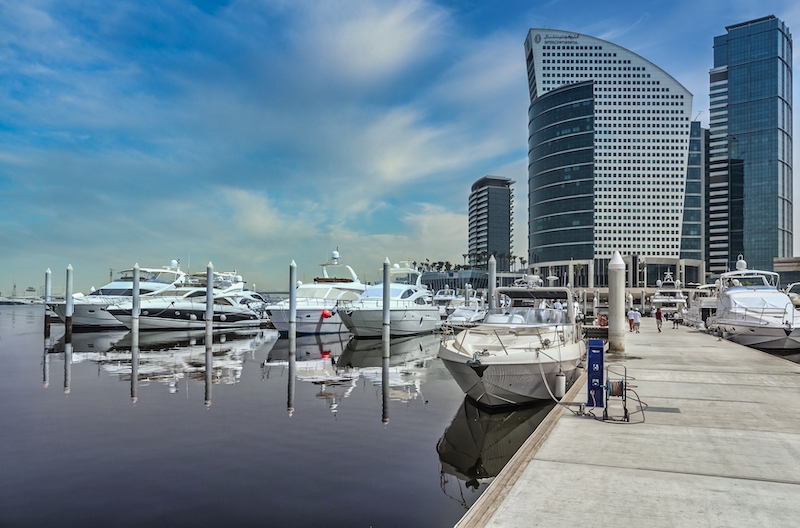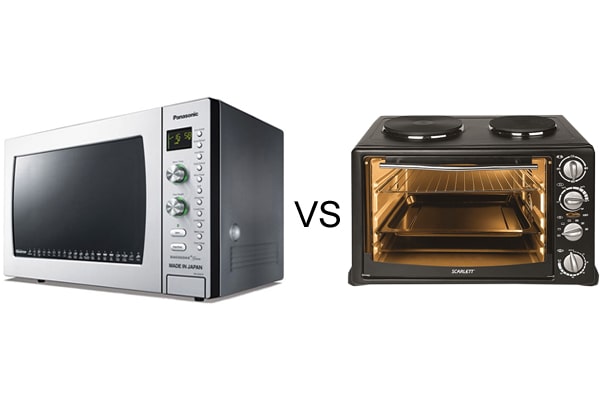Hey there! If you’ve ever strolled along a waterfront and wondered, “Is that a dock or a pier?” you’re not alone. These terms are often used interchangeably, but there are some important distinctions, especially depending on where you are in the world. Let’s dive in and clear up the confusion!
Docks vs. Piers: The Basics
American English vs. British English
In the United States, the terms “dock” and “pier” are often used to refer to similar structures – those long, narrow constructions extending from the shore into the water. However, for seafarers and in professional contexts, these terms have distinct meanings:

- Dock: Think of it as a parking lot for boats. It’s where vessels are moored, loaded, or unloaded. Docks are functional spaces designed for securing boats and facilitating maritime activities.
- Pier: Picture a sidewalk extending over the water. Piers are transitional structures between land and water, often used for walking, fishing, or leisure activities. They can serve as a bridge for loading and unloading but are primarily access points to deeper water.

In British English, the difference is clearer:
- Dock: An enclosed area of water in a port used for loading, unloading, repairing, or building ships. It’s a more industrial and functional term.
- Pier: A narrow structure extending from the shore into the water, mainly used for access and leisure activities.
Different Types of Piers and Docks
Piers come in several varieties, each serving a unique purpose:
- Working Piers: These are robust structures found in ports, used for loading and unloading ships. They must be strong and durable to handle the weight and activity.
- Fishing Piers: Designed with fishermen in mind, these piers reach deeper waters, providing prime spots for fishing. They often have facilities for cleaning and preparing fish.
- Pleasure Piers: Built for recreational purposes, these piers might feature amusement rides, shops, and scenic views. They’re popular tourist attractions.
Docks also have various types:
- Wet Docks: These docks maintain water levels to keep ships afloat, even during low tides. They’re essential for smooth cargo operations.
- Dry Docks: Used for ship repair and maintenance, these docks can drain water to provide a dry platform for work. They’re crucial for tasks that require a stable and dry environment.
- Floating Docks: These versatile structures float on the water and can be adjusted to different water levels, making them useful for a range of applications.
Construction and Materials
Piers can be constructed from various materials:
- Timber: Often used for small, light-duty piers.
- Steel: Strong but requires maintenance due to corrosion.
- Concrete: Durable, fire-resistant, and suitable for heavy-duty piers.
- Plastics: Modern, corrosion-free, and durable.
Docks can be either:
- Encircling Wall Structures: Built in the sea or ocean, creating an enclosed water space.
- Dug into Dry Land: Creating an enclosed water area separated from the open waters.
Fun and Function: The Best of Both Worlds
Best Piers in America: Piers in the U.S. are often multi-purpose, blending functionality with fun. Here are some iconic examples:
- Santa Monica Pier: Known for its Ferris wheel and ocean views.
- Navy Pier in Chicago: Extends into Lake Michigan, surrounded by parks and shops.
- Galveston Island Historic Pleasure Pier: Famous for its amusement rides.
Final Thoughts
Understanding the difference between docks and piers can enhance your appreciation of these waterfront structures. Whether you’re fishing, strolling, loading cargo, or simply enjoying a sunset, knowing what each term means can make your waterfront experiences even richer. So next time you’re by the water, take a moment to think about whether you’re on a dock or a pier – and enjoy the view!





